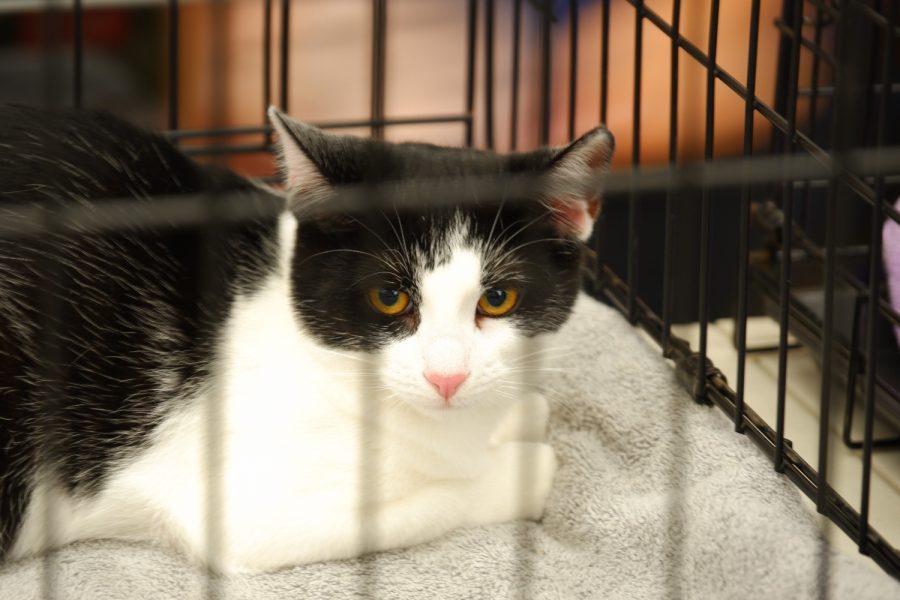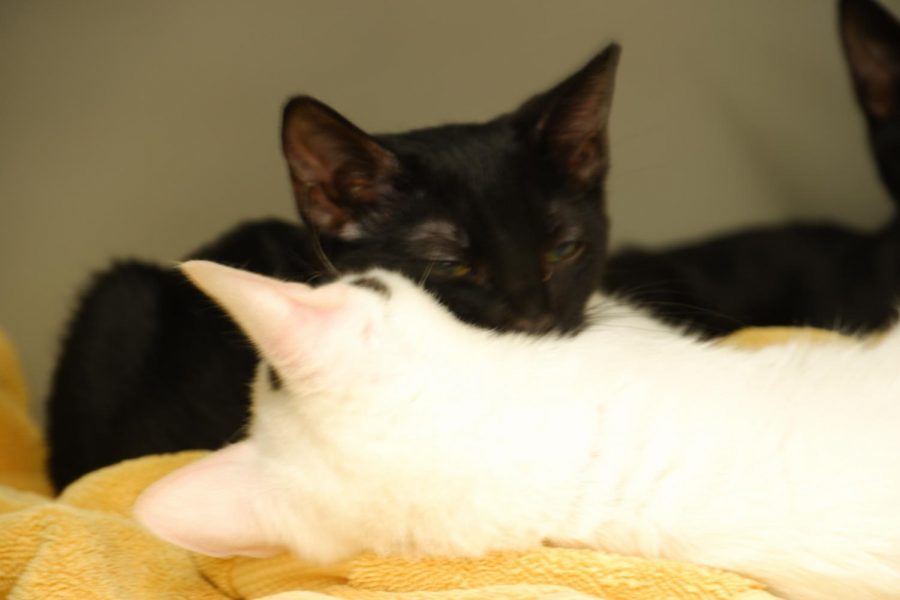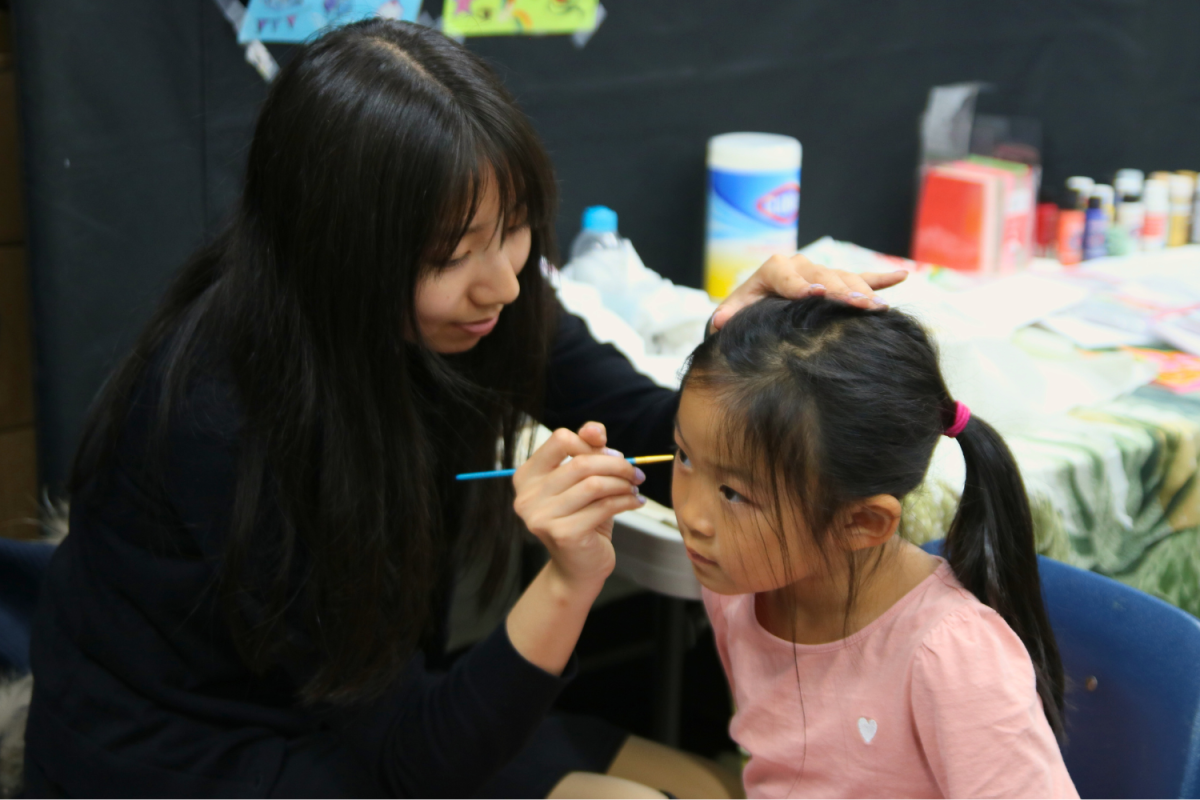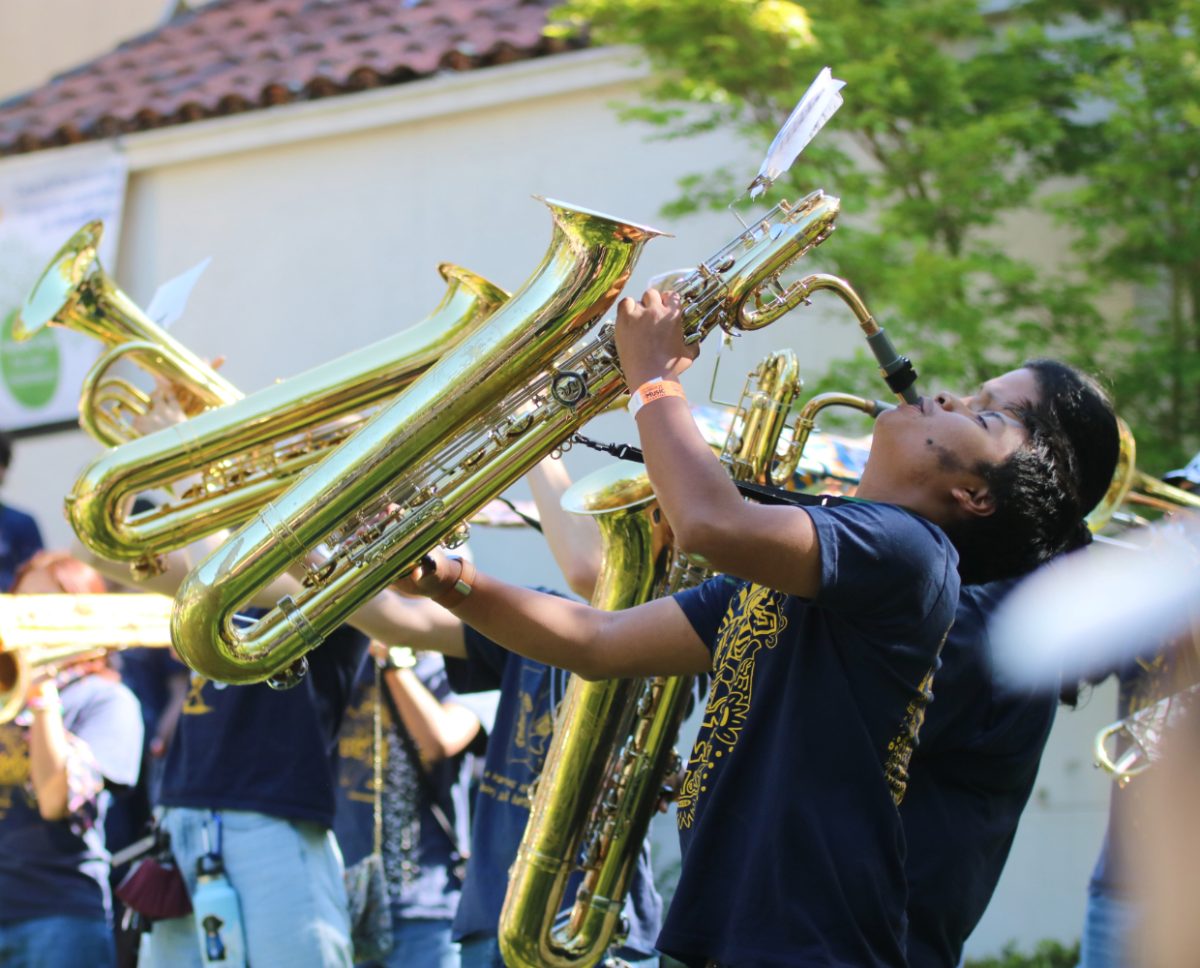The independent trappers and fosters who organized the Kitten and Cat Adoption Fair work to combat California’s severe cat overpopulation problem.
The San Mateo County Cat Rescuers trap stray cats; neutering, microchipping, deworming, and vaccinating them. These trappers and foster parents stand by their “trap, neuter, and return” motto to care for stray cats. With the rescues, they hold weekly adoption fairs at the San Mateo Pet Club.
The trappers follow the “trap, neuter, return” procedure to prevent a vacuum effect. If rescuers remove too many cats, the area’s rodent population will increase, meaning more strays will move into that area to prey on them.
“If you remove all the cats, more cats will come. But if you put the neutered cats back there, they will protect the area from new cats coming in,” said volunteer and trapper Kay Jackson.*
The rescuers volunteer to take in the strays they find and return them once they are in better health. Any social stray cats are kept with volunteers, while feral cats must return to their initial location.
“A cat is feral when they are completely terrified of humans and have never been touched by them,” Jackson said.
Feral cats are still neutered or spayed before being returned to prevent the population growth of stray cats.
Cats with feral mothers are more likely to be antisocial. Kittens will copy their mother’s habits, so if the mother is scared of humans, their kitten will have feral tendencies. Young cats, however, can become acclimated by learning healthy social habits from other friendly cats.
“We have a kitten named Chucky that isn’t very people friendly, but I’m going to foster him with three other boy kittens. They’ll teach him how to be a social cat,” said Renate Sullivan*, another cat rescuer.
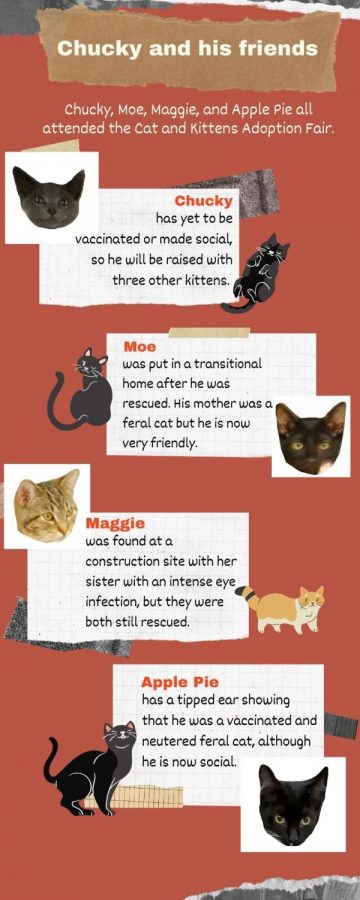
During the holidays, especially Christmas and Hanukkah, more people are interested in adoption. Some adopt cats as presents, but others do it because they feel charitable. This increased interest leads to higher adoption and fostering rates during the holidays. Another period where adoption rates rose was during quarantine.
“During COVID, people were at home working, and they wanted a quarantine buddy, so they adopted and fostered more cats,” said foster parent and trapper, Su Smith.*
Due to the increased adoption rates during the holidays and the pandemic, the rescuers heightened the adoption and fostering process. They had to verify that the intentions from each parent would be to the cat’s benefit.
Before adoption or fostering, the families undergo a careful screening process to ensure their homes are safe to welcome cats. The screening includes the conduction of home visits and adoption agreements.
The adoption application contains questions about declawing, maintaining the cat indoors, moving, and safe furniture. During home visits, now conducted over Zoom due to the pandemic, screeners look for loose door screens, windows, and poisonous plants.
“Sometimes, we have a foster parent that gets too attached to the kittens, and they don’t want to give them back. Some people are failed foster parents, but that’s okay. We may lose the fosters, but at least we get two or three kittens adopted by them,” Jackson said.
Thanks to their screening process, the volunteers have not had issues with any mistreatment of the cats. The San Mateo County Cat Rescuers ask that any problems that would lead to fosters being unable to care for the cats be immediately relayed.
“Despite the procedures put in place, the adoption and fostering process is still a leap of faith for us,” Smith said.
*These names have been changed to ensure anonymity for the sources, in accordance with Carlmont Media’s anonymous sourcing policy.

